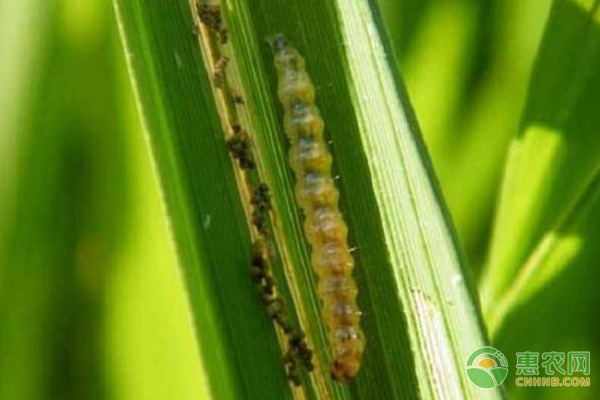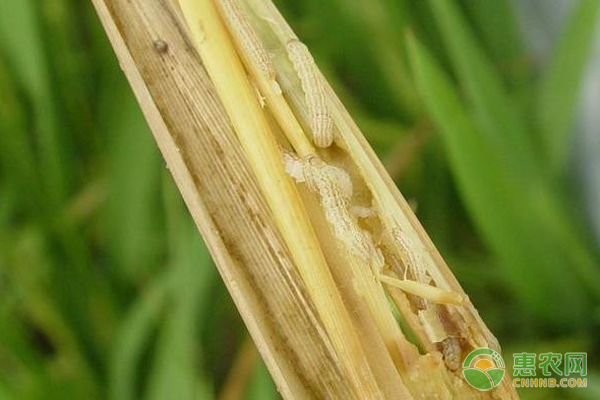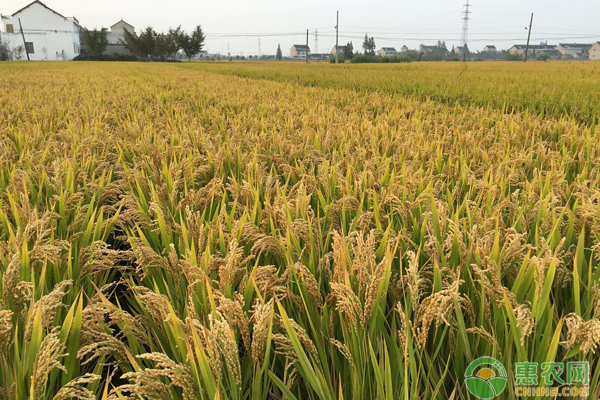According to the relevant report issued by the National Agricultural Technology Promotion Center, rice pests occur in 2018, among which rice planthoppers and rice leaf roller are more serious. The stem borer occurs in the middle of the Yangtze River and the middle reaches of the Yangtze River. Rice pests and diseases report, to talk about pest control strategies, due to better control of rice early rice water weevil, thrips, this paper mainly discusses rice "three insects" prevention and control.

I. Prevention and control of rice vertical leaf roller
In the prevention and control of rice paddy leaf mites, the main problem currently faced is that the leaf roller mites are highly overlapped. When controlling the leaf roller mites, a batch of them are often prevented, and a new batch of phenomena occurs, especially the more Pesticides such as vegetarians and vitamins have poor systemic absorption and long protection time. In view of this situation, we propose to control avermectin or carbaryl salt with bisamide insecticides (including chlorantraniliprole, fipronil, tetrachloramide, etc.). In the areas where avermectin and methicillin are more resistant, it can be controlled by ingredients such as indoxacarb and methoxyfenozide. The recommended formulas are:
1. Rice leaf roller
A vitamin salt / avermectin + bisamide insecticide: insecticidal speed, long-lasting effect.
A vitamin salt + indoxacarb / methoxy hydrazide: suitable for avermectin and other resistant rice leaf roller.
Second, rice planthopper control
Rice planthoppers are divided into a variety of species, generally divided into gray planthoppers, brown planthoppers, white-backed planthoppers, etc. In recent years, rice planthoppers have only been scattered locally, but there are also possible outbreaks of rice planthoppers. It is pymetrozine, and the resistance level of pymetrozine rises rapidly. The effect of pymetrozine on the control of whitebacked planthopper is also not ideal. It is recommended that growers use neonicotinoid insecticides to control planthoppers, or add quick-acting agents to control the base. The recommended formulas are:

1. The phenomenon of “wearing the top†caused by rice planthopper
Acetypyridinone: high cost performance, can be small in the rice planthopper base
Dinotefuramide: a neonicotinoid insecticide with comprehensive effects and low resistance.
Dichlorvos + alkidine pyridone: suitable for use when the number of rice planthoppers is large. Note that it is best to spray more than 120 kg of water in an acre field.
Isoprocarb + pymetrozine: suitable for large use of rice planthopper base, quick-acting and long-lasting effect.
Third, rice stem borer prevention and control
Rice stem borer occurs in various rice areas in the middle and lower reaches of the Yangtze River, and the resistance of Chilo suppressalis in central Hunan and Jiangxi is relatively large, making it more difficult to control. At present, the pesticides on the control of Chilo suppressalis are relatively limited, mainly based on bisamide insecticides. In the past two years, the resistance of bisamide insecticides has increased, leading to the ravages of many rice areas. For a season of rice, we generally advocate seeding after mid-May to avoid the first-generation incubation period of Chilo suppressalis. The occurrence of stem borer is serious, and it is also related to the current farming mode and planting variety. In the prevention and control, it is recommended to use the bisamide insecticide early, instead of the drug after the emergence of the dead seedling, the control agent recommended:
1, bismuth
Chloramphenicol benzamide / tetrachloromyramide / fipronil: suitable for prophylactic use.
Avi methoxy hydrazide: suitable for resistant bismuth.
High dosage of avermectin + hexaflumuron: resistant bismuth.
to sum up
The main control targets of rice pests are rice leaf roller, rice stem borer, rice planthopper, rice leaf roller and rice stem borer, which can be controlled by bisamide insecticides, but it is necessary to master the prevention time and establish the concept of prevention. The same is true for the control of rice planthoppers. If there is no prevention of concern, the explosive brown planthopper is difficult to control when the rice stems are high in the later stage. At the same time, when planters are controlling rice pests, they should also establish a habit of rotation and use the so-called "full fight".

The above is the prevention and control method for the main pests of rice. Rice is the economic source of farmers. Insect pests are easy to cause rice to reduce production. Therefore, in order to ensure high yield of rice, it is very important to prevent pests and diseases. I hope that the content can help the majority of farmers. We.
Medton Medical , https://www.medtonmedical.com